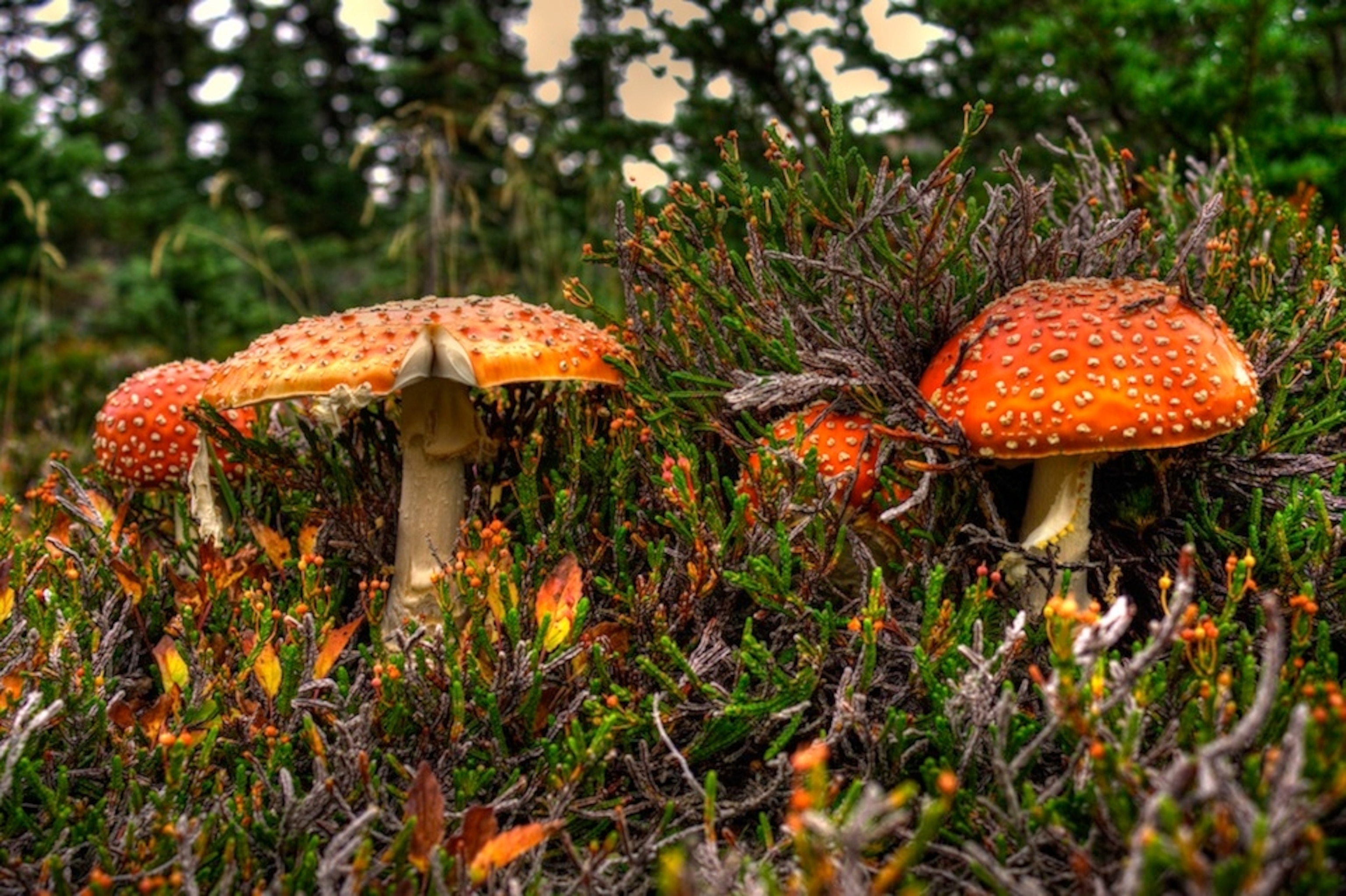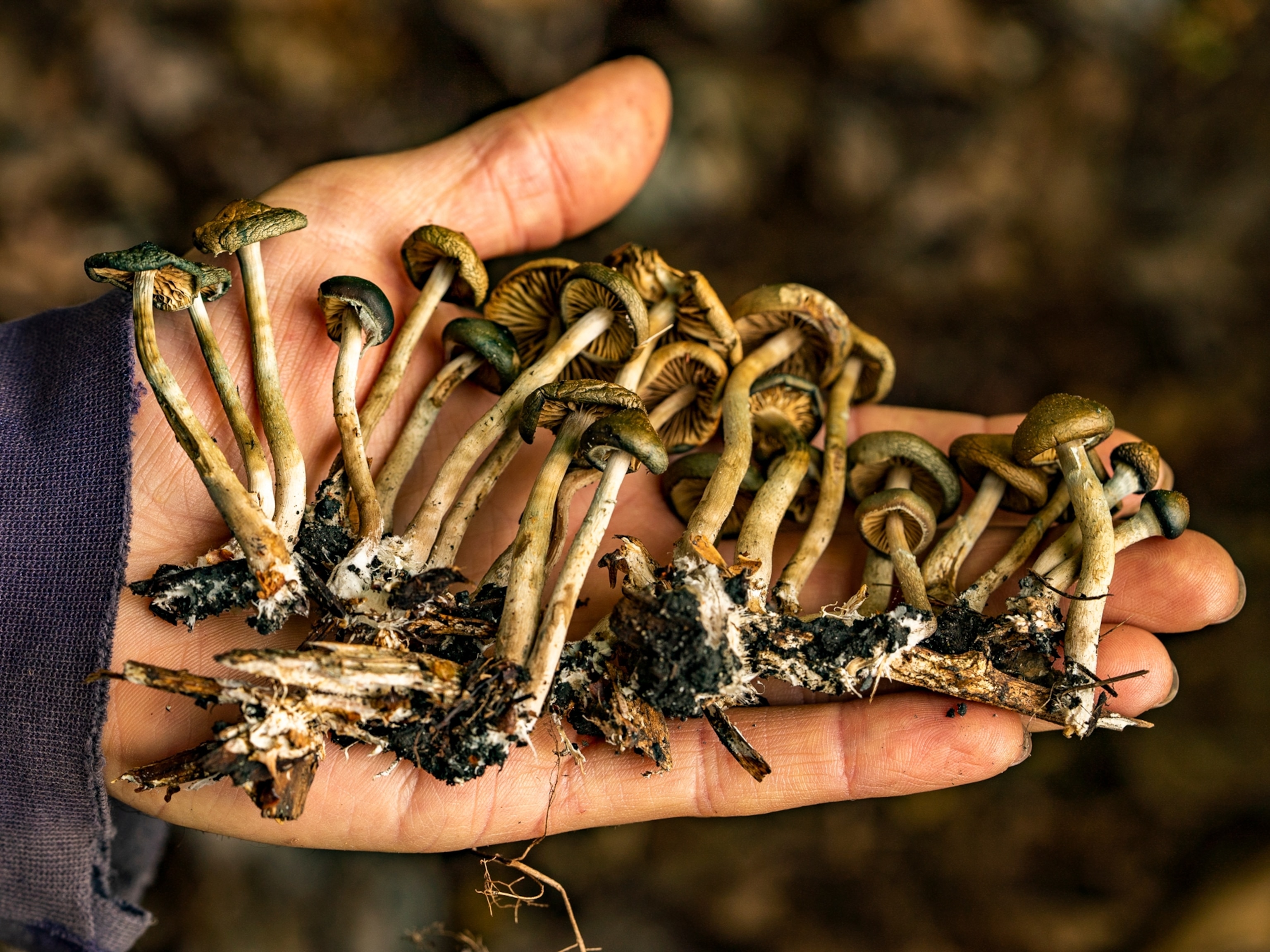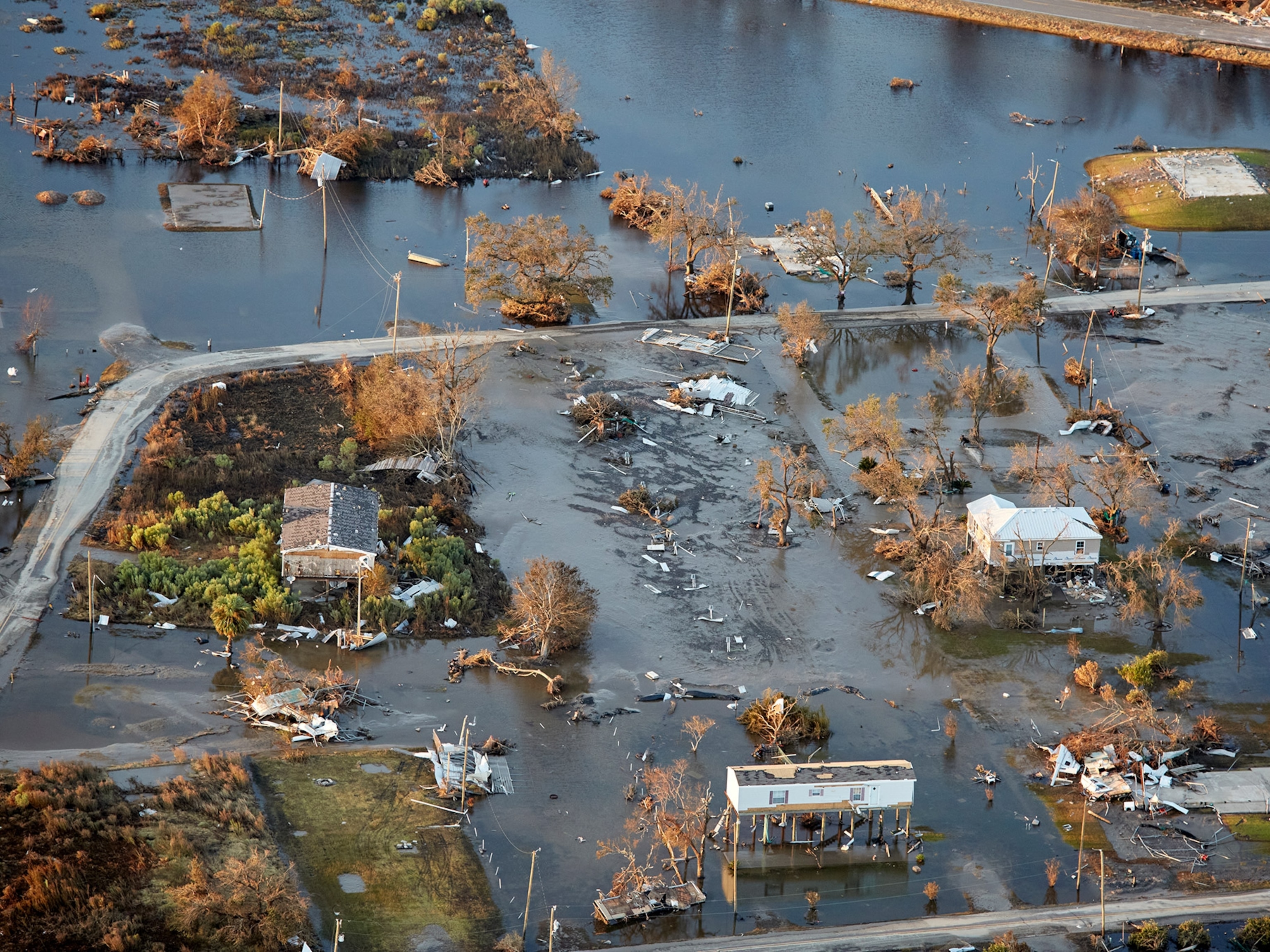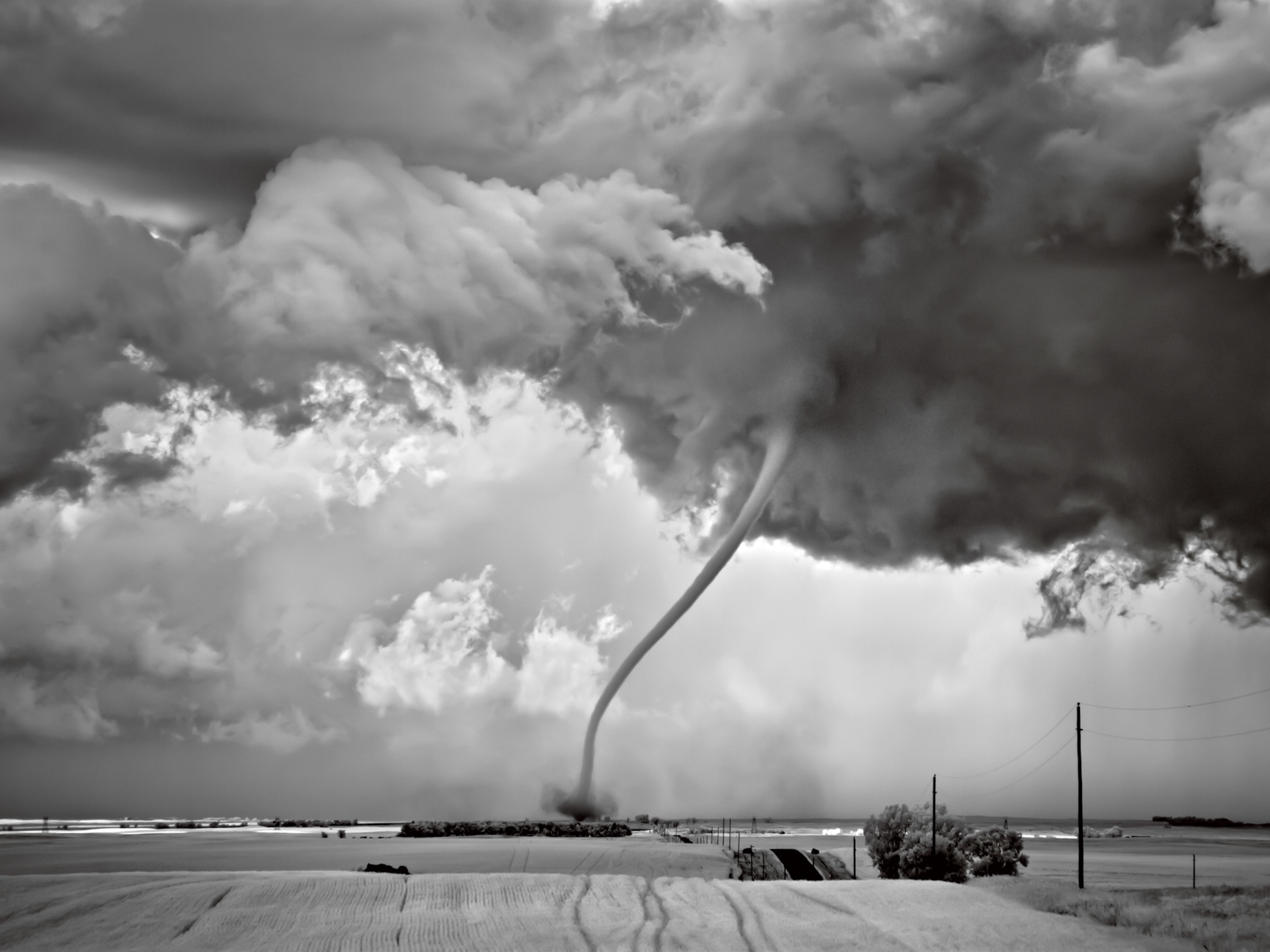Close readers might remember a story we did this summer on mycology, or mushroom science. We went out to Seattle to meet Paul Stamets, a researcher who looks and plays the part of someone deeply devoted to fungus. Paul showed us around his farm and explained the power of what most people consider a lawn pest. Mycelium—the root structure that grows beneath mushrooms—can be used to cure diseases, clean up oil spills, even boost human immunity in the face of viral pandemics. Not bad for simple fungus.
But while we’re on the subject, add one more virtue to the list. A team of researchers at UCLA and Trinity College recently uncovered that mushrooms—how to put this—break wind, too. To spread their spores, which carry their seed and result in baby mushrooms, the fungus has evolved to release a tiny puff of water vapor. The vapor cools the air above the plant and creates air buoyancy that swirls the air for a few seconds. Think of it as a mini, momentary weather system designed to carry spores.
Why is it helpful to know this? Biologists tend to be fiercely protective of the things they study, sometimes to the point of tunnel vision (“The whole world should care a lot more about dung beetles,” an entomologist once said to me). But mushrooms have wider cred. Whether they survive has a lot to do with how the rest of the planet lives. Fungi recycle so many dead things on the planet, including animals and plants, that without mushrooms, we’d be a few feet deep in dead bio-waste. Durable and largely easy to propagate, many mushroom species will hardily adapt to any climatic shifts or natural disasters. Some are also highly nutritious with more than twice the protein of other plants and more potassium than a banana. In other words, understanding how they live and breathe—and break wind—offers clues to how Earth has evolved, and what it’ll look like a few hundred years from now.





